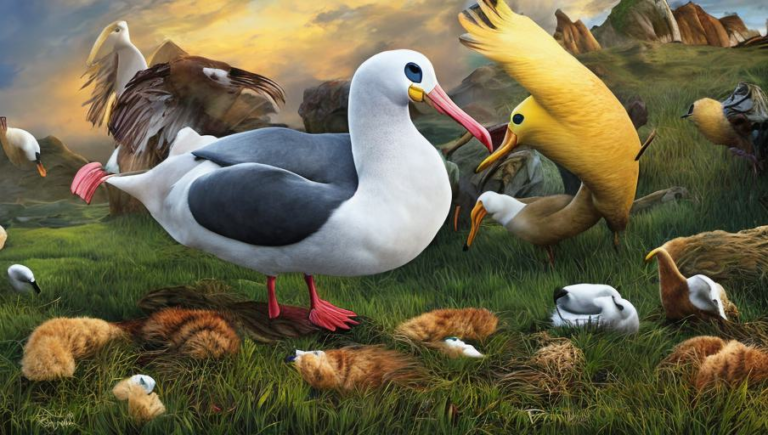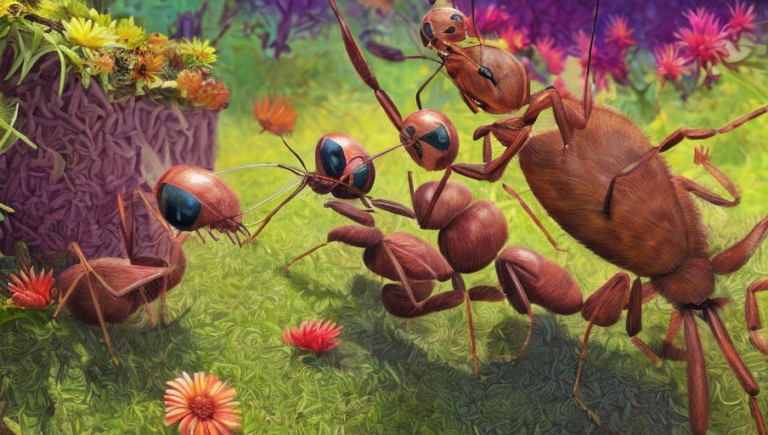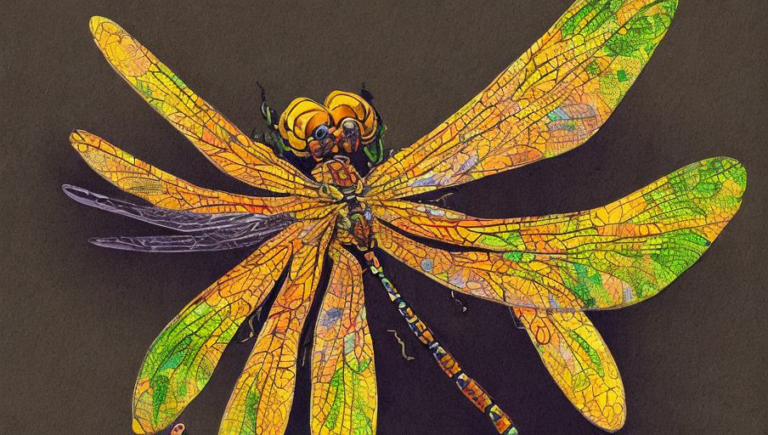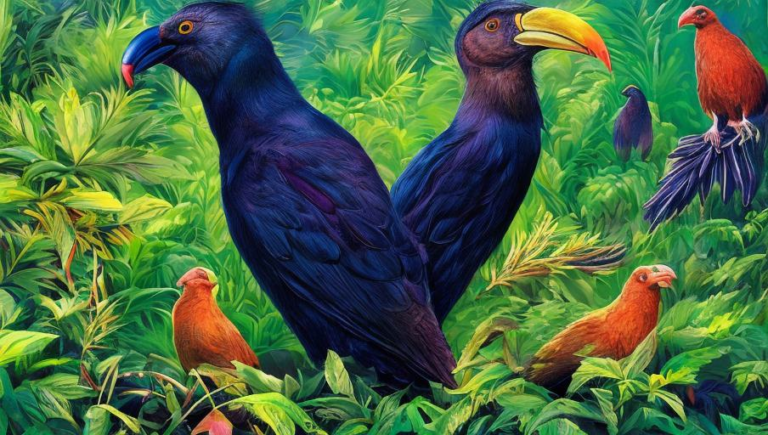Examining the Role of Antelopes in Ecosystems
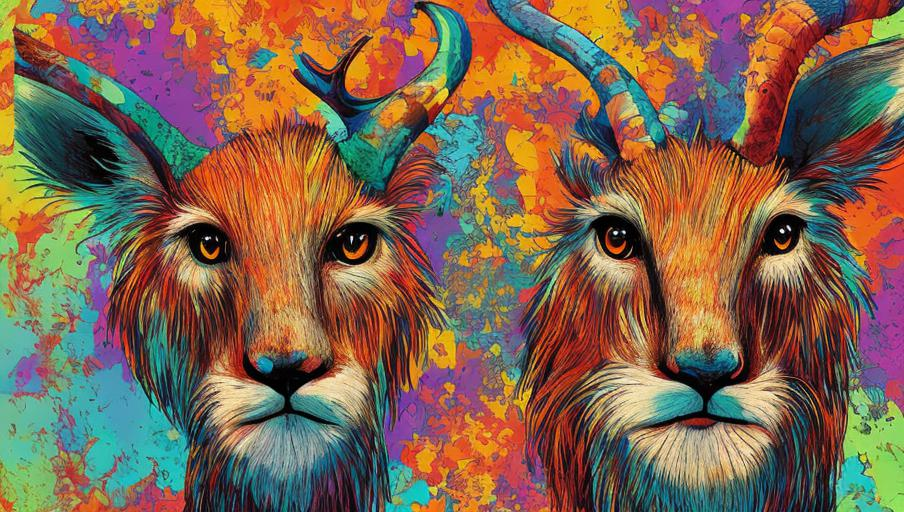
Introduction to Antelopes
Antelopes are a species of hoofed mammals that are found in Africa, Asia, and parts of Europe. They are closely related to both deer and cattle and are known for their tremendous speed and agility. Antelopes can be found in a variety of habitats, such as grasslands, woodlands, and savannas. There are several different species of antelopes, including the gazelle, wildebeest, and eland.
Ecosystems Where Antelopes Live
Antelopes live in diverse habitats, such as grasslands, woodlands, and savannas. The type of habitat an antelope lives in depends on the particular species. For example, the gazelle is adapted to living in dry, open grasslands, while the wildebeest is adapted to living in wetter, more wooded areas. Antelopes are also found in more extreme environments, such as deserts and mountains.
The Role of Antelopes in Ecosystems
Antelopes play an important role in their ecosystems. They are the primary prey of many large predators, such as lions and hyenas. This helps to keep the predator population in check and encourages the predators to roam large areas in search of food. Antelopes also help to disperse seeds, control vegetation, and shape the environment. By grazing on plants, they help to keep vegetation levels in check, which can help to prevent the spread of wildfires. Antelopes also help to aerate the soil, which can help to promote the growth of new vegetation.
Threats to Antelopes
Unfortunately, many species of antelopes are threatened due to human activities. Habitat destruction and poaching are two of the biggest threats to antelopes. Habitat destruction occurs when humans clear land for agriculture or development, which destroys the natural habitats of antelopes and other animals. Poaching occurs when humans hunt antelopes for their meat, horns, or hides. This can have a devastating impact on the population of antelopes, and can even cause some species to become extinct.
Conservation Efforts to Protect Antelopes
Fortunately, there are many conservation efforts that have been put in place to protect antelopes and their habitats. These efforts include the creation of protected areas, such as national parks and wildlife sanctuaries. These protected areas provide a safe space for antelopes and other animals to live and breed. Additionally, organizations such as the International Union for Conservation of Nature (IUCN) are working to raise awareness about the threats facing antelopes, and to provide support for conservation efforts.
Conclusion
Antelopes are an important species that play a vital role in their ecosystems. Unfortunately, many species are threatened due to human activities, such as habitat destruction and poaching. Fortunately, there are many conservation efforts that are being put in place to protect antelopes and their habitats. By raising awareness about the threats facing antelopes, and by supporting conservation efforts, we can help to ensure that these magnificent creatures are able to thrive in their habitats for generations to come.
